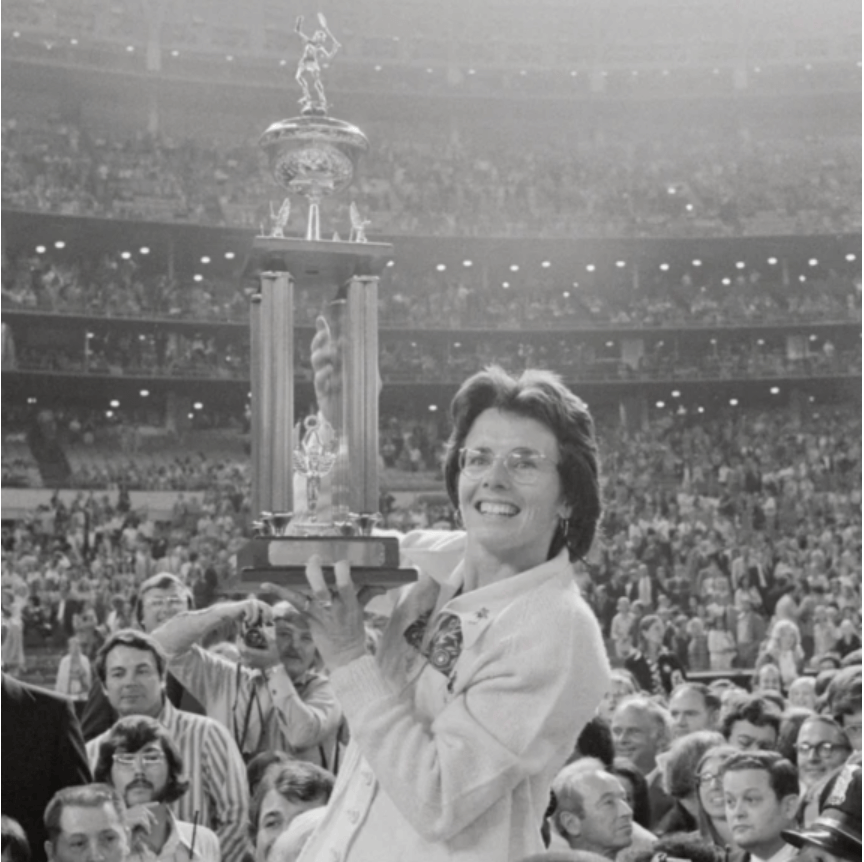“If you see players who hate practice, their coach isn’t doing a very good job.”
– Bill Walsh
Did Bill Walsh, a three-time Super Bowl Champion coach, think practices should be a tea party? Did he hand out scones and finger sandwiches to players as they walked onto the field? Of course not. But he didn’t want practices to feel like waiting at the DMV on the last day of the month, either.
There’s a sweet spot in the middle of those two extremes, and top-performing coaches know that the best way to get there is through structure, which is essential to fostering growth. Simply put, you can’t build a great team without the solid foundation that structure provides.
After spending thousands of hours observing elite coaches, we have seen a persistent theme at team practices: organized and consistent, with clear expectations from the coaches, and for the players. The best coaches create a framework for their teams that encourage individual player goal setting, stability and accountability.
Consistency is key
When a coach is inconsistent in practice, it stunts the growth of the student-athlete. When the structure of practice isn’t organized, the student-athletes can feel a sense of uncertainty or chaos, and that can lead to emotionally experiencing one of the three F’s – fight, flight, or freeze. All the F’s create an unsafe environment, which then leads to no growth.
On the other hand, if the student-athlete has an idea of what to expect from the coach in practice – what drills to are planned, which days are set aside for scrimmages, etc. – it creates a tighter-knit culture and relieves the sense of anxiety that a player may have in an uncertain setting. When the student-athlete feels safe, there is less stress and more room for growth.
We recently worked with a coach whose athletic director called us because he wanted the coach to understand what his student-athletes were experiencing.
Here’s what we found:
- The coach cared passionately about his student-athletes.
- Yet the athletic director wasn’t sure if the coach effectively communicated this sentiment through his actions.
- Team growth at practice and game-time performance suffered as a result.
Here’s how we helped:
- Using our web-based, anonymous survey platform, we asked his student-athletes about their experiences with their coach as it relates to their practices and games..
- Then, we analyzed the results and provided reports to the athletic director and the coach.
- In this case, our research led to a specific goal: To improve the team’s trust and expectations to create a psychologically safe team environment.
The coach wanted to give his student-athletes a more positive experience, which he believed he could enhance by creating a more accountable, structured team culture in practices. With our help, the coach accomplished this goal through greater behavioral accountability from himself and his entire team during practices.
The coach formed what a successful structured environment should look like. The student-athletes were encouraged to improve their treatment of each other while the coach and his assistants outwardly displayed the behaviors they wanted to see from their student-athletes. The coach held everyone accountable – no favorites.
“I learned that whatever happens in a game, both good and bad, is a result of practice,” said the coach. “If a kid on my team takes 10 bad shots, I no longer get mad at that kid. What I have learned to do is go home, look in the mirror and ask myself what I need to change at practice.”
Practice, practice, practice and repeat
Setting goals for practices is meaningless unless the coach and the student-athletes follow through on them. And that’s much easier to do when the practices are structured. When the student-athletes know what to expect from their coaches, and a coach knows what to expect out of the student-athletes, goals are easier to meet.
It can start with the simple task of posting a practice schedule. This basic structure sets a tone that allows goal-setting to thrive. Everyone is on the same page, and everyone is held to the same expectation. Again, no favoritism. Coaches playing favorites leads to resentment among the other players. All student-athletes need to be held to the same set of standards.
Rule No. 1? Never stop practicing. John Wooden followed four rules of learning: explanation, demonstration, imitation and repetition. Later, he added four more to the list: explanation, demonstration, imitation, repetition, repetition, repetition, repetition and repetition. It’s a formula that worked then, and it works now.
What’s the next step?
We’re never satisfied with just helping athletic directors and coaches build structure into their practices and programs. We’re constantly looking for new ways to improve the student-athlete experience, and it starts with looking through their eyes.
Our detailed survey reports – provided to athletic directors and coaches – outline scores within Ecsell Sports’ six themes, including Structure, that helps us custom-design a plan of action based on those scores. We also provide online resources, including elite performance training modules that help drive continuous improvement.
By the way, building trust goes beyond a structured practice, and we would be happy to share more of the insight we’ve learned from interviewing student-athletes over the years. Our final takeaway? Yes, practices can be tough and challenging – they should be. But they can also be something the student-athletes look forward to. And we’d love to show you how.















